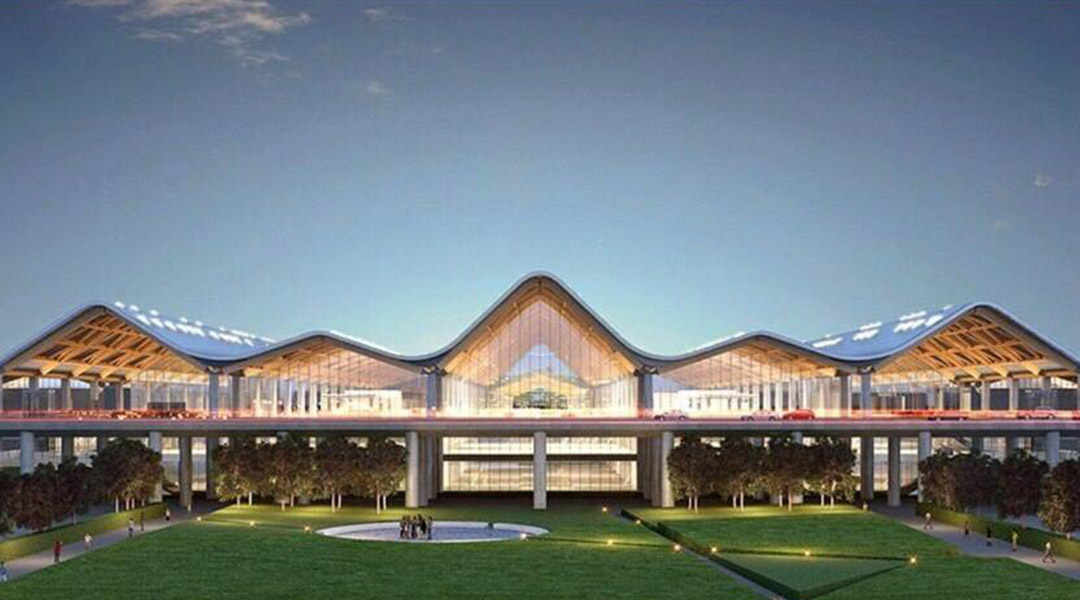
Co-Creating with Government: Opportunities for Positive Change
Royal Pineda has his ideas, but he also wants to ask his co-speakers at the next Design DeepDive™ Live Session: “What infrastructure projects do you envision would respond to the current health crisis? What measures would make government expenditures work harder, so the infrastructure remains relevant after the pandemic is over?”
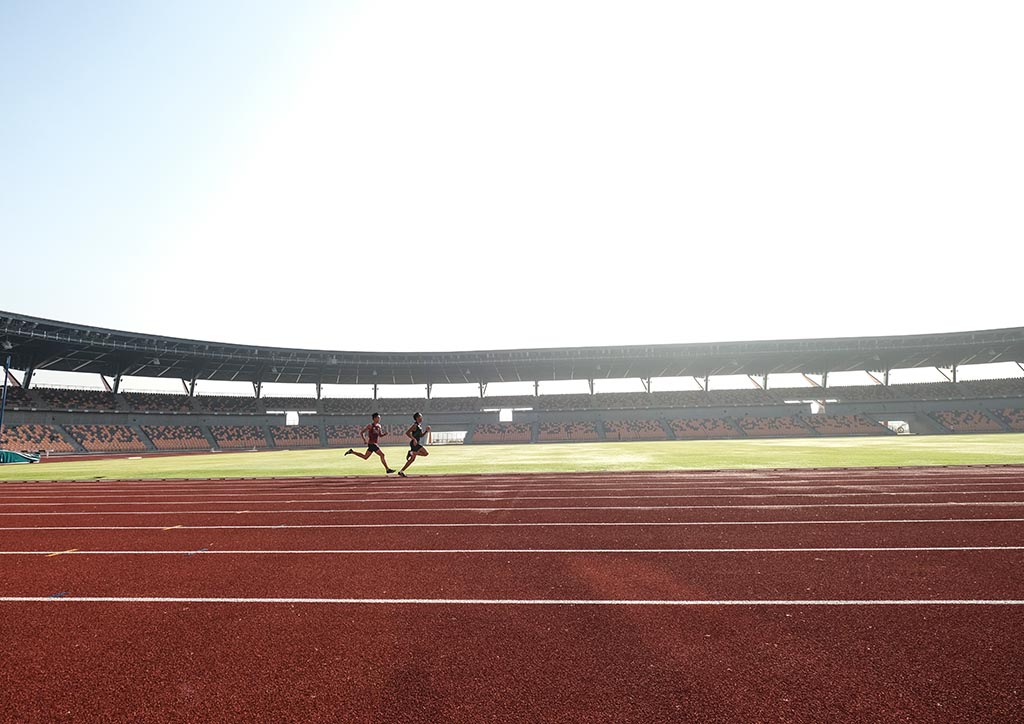
Co-creating with government
Pineda, whose profile has risen in recent years due to a string of landmark infrastructure projects, will share what he believes government agencies want from their project design architects. The title of his presentation is ‘Authenticity: An Approach to Nation-Building,’ which will stream live at the webinar, ‘Co-creating with Government: Opportunities for Positive Change,’ on August 5, from 2:00 to 3:15 PM on GROHE Facebook page.
The other presentations are ‘Bold, Bold, Bold: Igniting Resilient Cities with Life’ by Sylvester Wong, Vice President for Strategies and Development of AECOM, and ‘Creating Investable Cities’ by Sanjay Grover of the Asian Development Bank Office of Public-Private Partnerships.
Register for the Design DeepDive™ Live Session here.
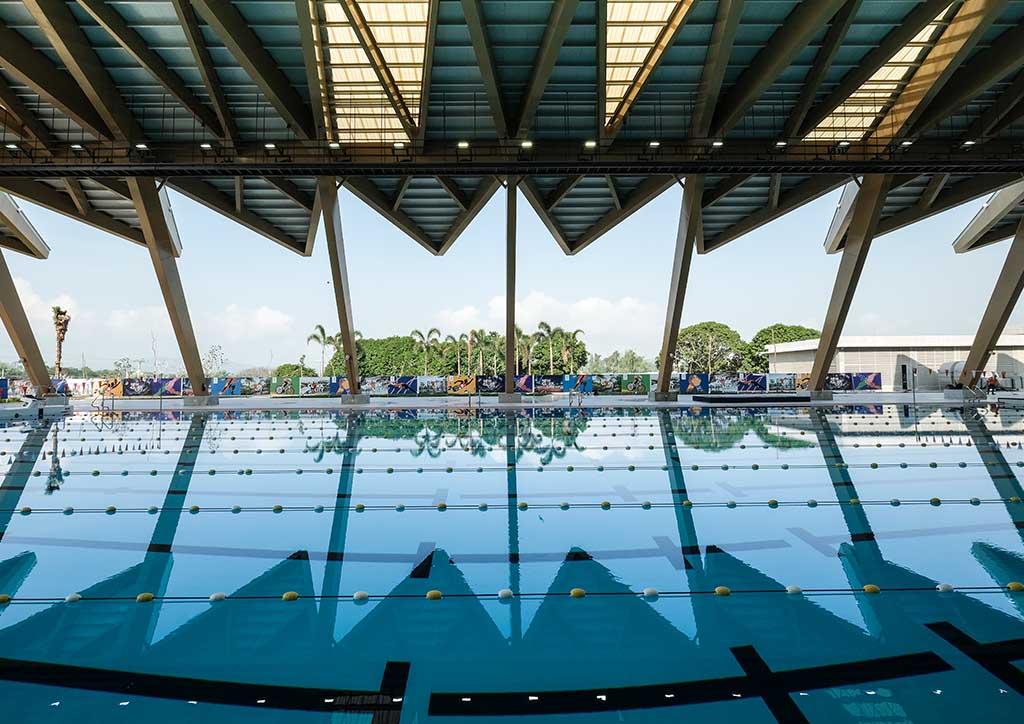
No expert dealing with government
In an interview with webinar moderator Judith Torres, Pineda said: “I’m no expert at dealing with the government. When you work for the government, you have to know the nature of the beast. The beast is huge, complex, with many moving parts.”
No expert, says he, but Pineda has done projects for the Departments of Trade and Industry, Tourism, Public Works & Highways, Transportation; the Bases Conversion Development Authority; and the Metro Manila Development Authority.
He says more young architects should be co-creating with government, so he plans to share in his presentation, ‘Authenticity: An Approach to Nation-Building,’ what he believes government agencies want from their project design architects. He will answer the questions: Why and how are you able to win so many prized design projects from the government? How is the government uniquely different from a private client? What concerns of theirs do you address that help you to win their confidence and award you the project? Lastly, if prodded, he will share how he has avoided the burdensome complexities of government contracts.
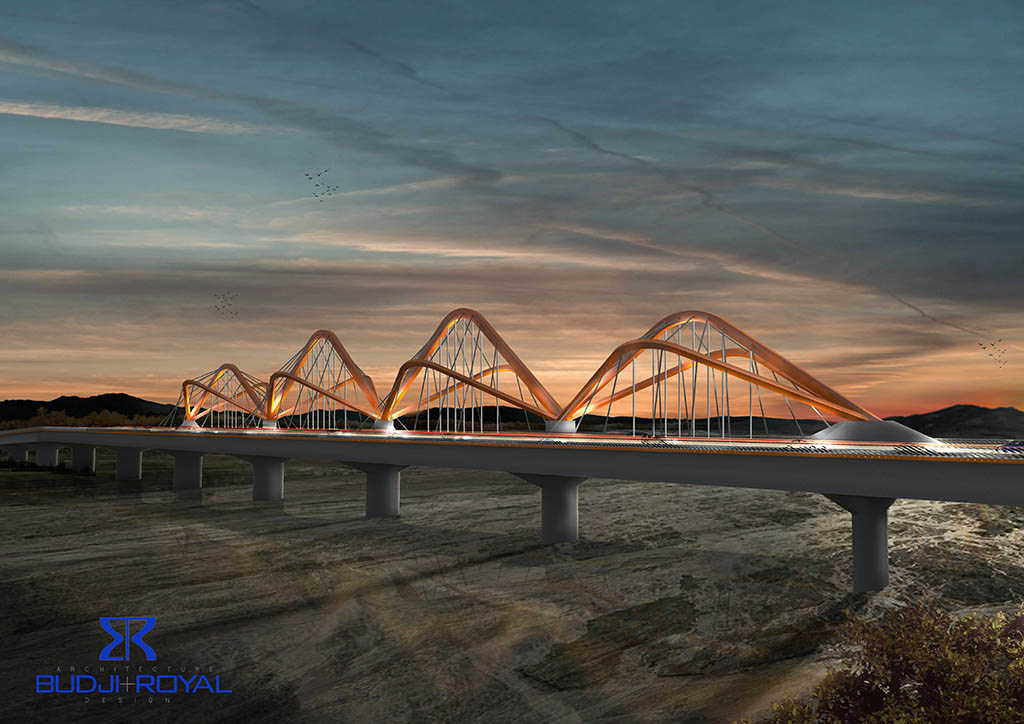
The government’s role in building better
The focus on government projects in the August 5 live session by GROHE is anchored on the Duterte administration’s announced strategy to ‘Build, Build, Build’ the Philippines out of the 2020 economic recession.
With government infrastructure projects getting extra boosts from economic stimulus packages amidst a national and global health crisis, what better time is there than to lean on authorities to advance health, sustainability, lower carbonization, and resilience agenda for our built environment? Never has it been more important for design professionals, business owners, and policymakers to work together to help weakened segments of society recover, and hopefully, withstand future crises.

Build, Build, Build a better normal
We should not resign ourselves to whatever ‘new normal’ or ab-normal the COVID-19 pandemic imposes on us. We must ‘Build a Better Normal.’ This is the theme and rallying cry of the three-part LIXIL Design DeepDive™ Live Sessions – Philippines.
The speakers and reactors of the first live session held last July 22, ‘Advising Clients in a Brave New World,’ gave full-throated support to the cry. Not only should the government incentivize the construction of healthy buildings and infrastructure, they unanimously agreed, but it should also hasten to raise standards in the Philippine Building Code to enhance and not compromise people’s health and wellness.
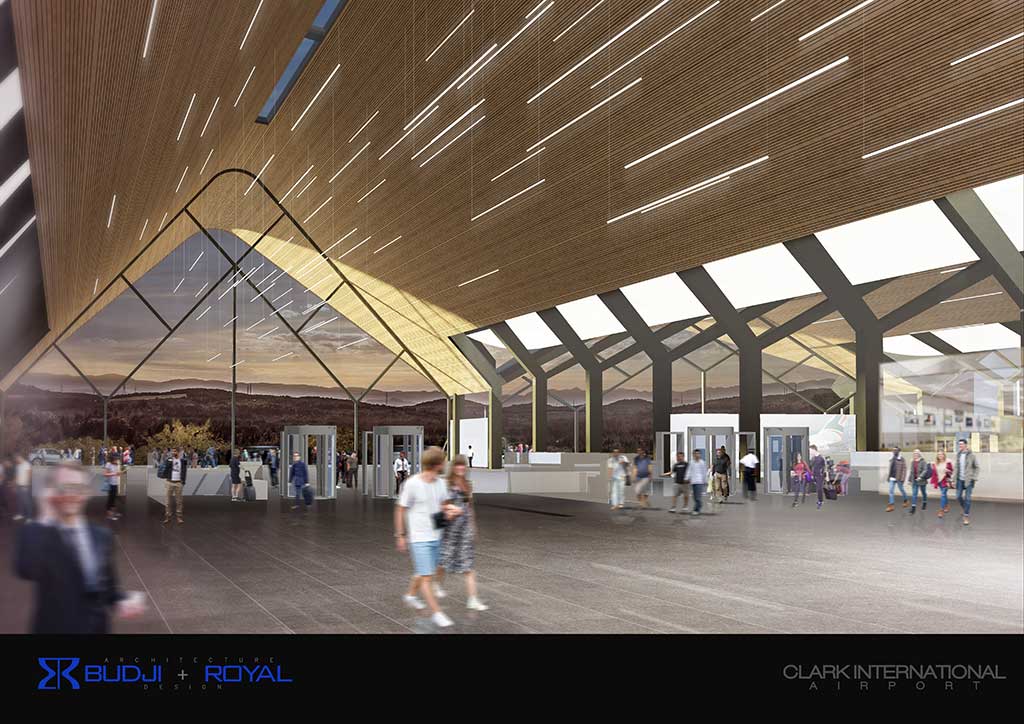
No return to pre-pandemic norms
In its third annual global report, AECOM, the world’s third-largest architectural firm (per World Architecture 100) wrote: “Coronavirus has unleashed profound changes that will have a lasting impact on our world. We can be certain that there will be no return to pre-pandemic norms—even when the medical emergency is brought under control. As with all crises, we are likely to witness profound changes in the economic, political, social, environmental, and technological landscape, which, in turn, will impact infrastructure requirements.”
With Metro Manila being “the third worst-prepared city in the Asia Pacific,” it makes no sense for our infrastructure to stick to pre-pandemic norms. According to Cushman & Wakefield’s ‘The Prepped Cities 2018 Index,’ Metro Manila ranks 15th out of 17 Asia Pacific cities in governance, water and power supply, sustainability and environment susceptibility, and cybersecurity and terrorism vulnerability. COVID-19 exacerbates these vulnerabilities and has exposed more weaknesses—healthcare, welfare, digital connectivity, and mobility.
Without question, the need to plan healthy, resilient, inclusive, and sustainable built environments is urgent and necessary for economic stability and nation-building.

From response and recovery to re-imagination
The burden of educating and advising Philippine government and business leaders on healthy, resilient, inclusive, and sustainable built environments falls on designers.
It’s a charge that invigorates Sylvester Wong, a veteran of urban and regional planning across the Asia Pacific, South Asia, and the Middle East. His work is focused on developing sustainable townships, economies, future mobility, and integrated infrastructure toward regional and nation-building. His award-winning legacy of built work includes the Bases Conversion Development Authority Comprehensive Integrated Development Masterplan for New Clark City; the New Senate of the Philippines; Eastern Economic Corridor Regional Coastal Plan, Thailand; Lombok Integrated Tourism Plan, Indonesia; and the New Urban Area Development of Yangon City, Myanmar.
While preparing for the August 5 webinar, Wong shared with panel moderator Judith Torres how AECOM has been advising clients to reimagine their businesses in response to the pandemic. He acknowledges that clients, particularly government agencies, may have difficulty adjusting and adopting changes, but it can be done when planners, architects, and designers understand their clients’ businesses, motivations, and agenda; and empathize more profoundly with the users.
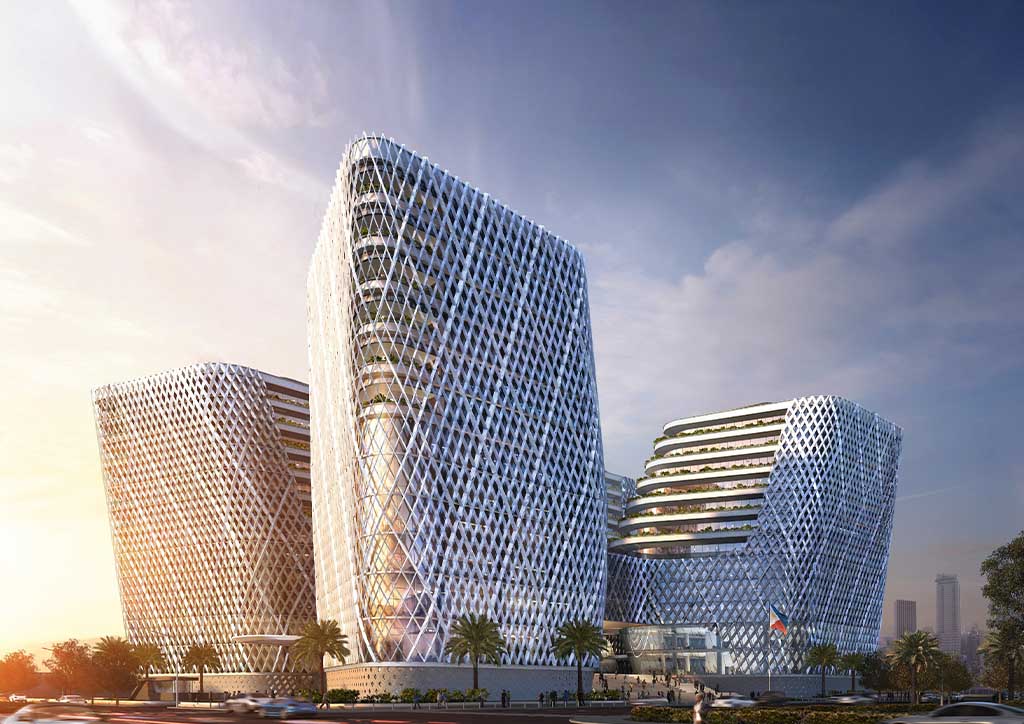
Bold, Bold, Bold: Igniting Resilient Cities with Life
While infrastructure is a tried and tested driver of economic growth, governments seldom invest in their potential to deliver social benefits. COVID-19 has amplified existing social inequalities. With governments boosting infrastructure plans to help pandemic-battered economies recover, AECOM believes in seizing the opportunity to help those who have been hardest hit.
Wong’s presentation is ‘Bold, Bold, Bold: Igniting Resilient Cities with Life’ (a play on the Philippine government’s ‘Build, Build, Build’ infrastructure program). In his presentation, Wong will share “the art of taking clients and captains of industry through strategic thought processes that pivot real assets into solutions for business and even societal survival.” He will also raise innovative approaches to infrastructure and city planning that incorporate social impact thinking.

The social impacts of infrastructure are hard to measure. As the AECOM Global Report, ‘The Future of Infrastructure’ says, “In making a case for infrastructure, social benefits tend to fit the ‘nice to have’ category.” But COVID-19 is prompting “a re-appraisal of societal concerns,” making communities desire and decision-makers more open to “benefits such as protecting public health, correcting social inequities, improving access, boosting quality of life, and enhancing wellbeing.”
Does this sound abstract or vague? Aside from improving access, how does infrastructure do all the above? Without pre-empting Wong’s presentation, here’s an example that Lara Poloni, AECOM’s CEO for EMEA, writes in one of the articles in the report:
In Atlanta, Georgia, AECOM designed the BeltLine, a 35-kilometer biking and pedestrian loop connecting 45 neighborhoods and 809 hectares of parks. “Beyond generating $5 billion in new commercial and residential development through its first decade, project backers see the BeltLine’s continuing potential not just in spurring redevelopment, but also in easing divisions of class and race, supporting small businesses, promoting healthier living for residents, and improving access.” Easy access to parklands enhances physical and mental wellbeing. Healthier living improves life expectancy.
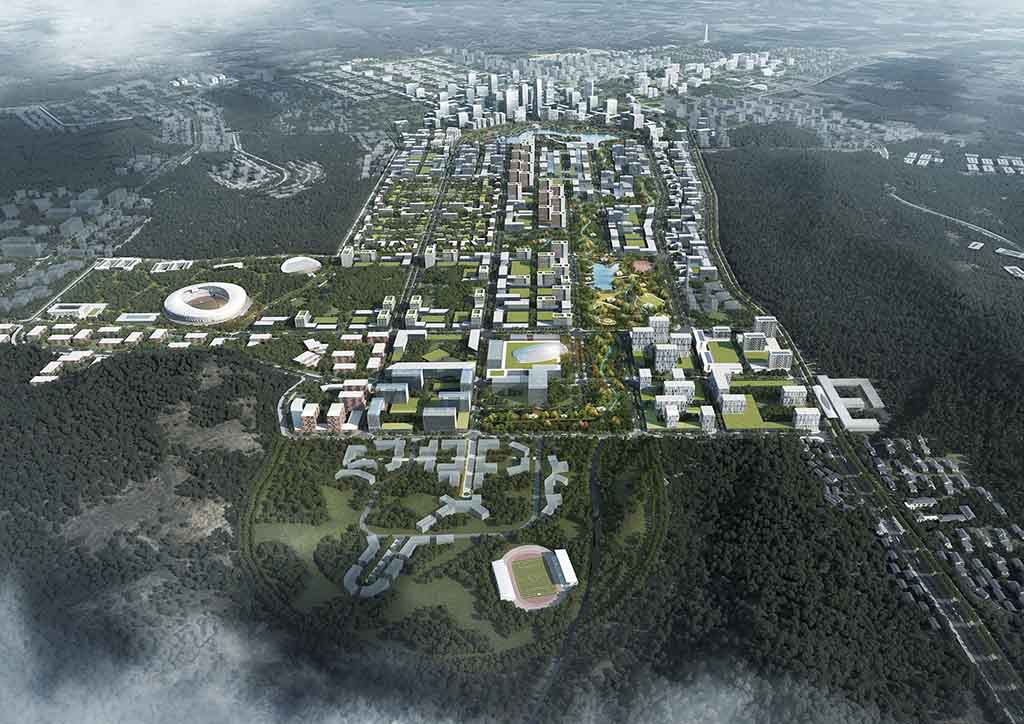
Creating Investable Cities
The third speaker, Sanjay Grover of the Asian Development Bank Office of Public-Private Partnerships, brings 20 years of direct PPP experience both from a grantor’s and a sponsor’s perspective. Before joining the ADB Headquarters in Manila, Sanjay worked as a consultant for the World Bank and ADB in Hanoi. He started his career at AECOM, leading the planning and technical due diligence for large-scale urban and transport infrastructure projects. Sanjay has an MBA from MIT’s Sloan School of Management, a Masters in City Planning and in Transport from Georgia Tech, and a bachelor’s degree in Architecture.
Says Grover: “Many elements of a city’s pre-COVID masterplan may not apply, and cities will be facing new infrastructure priorities as they look to smartly restart. Improving cities’ financial resilience and strengthening their inter-agency coordination and capacity to efficiently mobilize public and private sector resources for pandemic proof quality infrastructure will be critical to their response and recovery.”
“Under Creating Investable Cities, ADB will work with a pool of 4-5 partner cities every year across Asia over the next three years to assist in early-stage planning of ‘pandemic-proof’ quality infrastructure and improve resource mobilization to support private sector participation.”
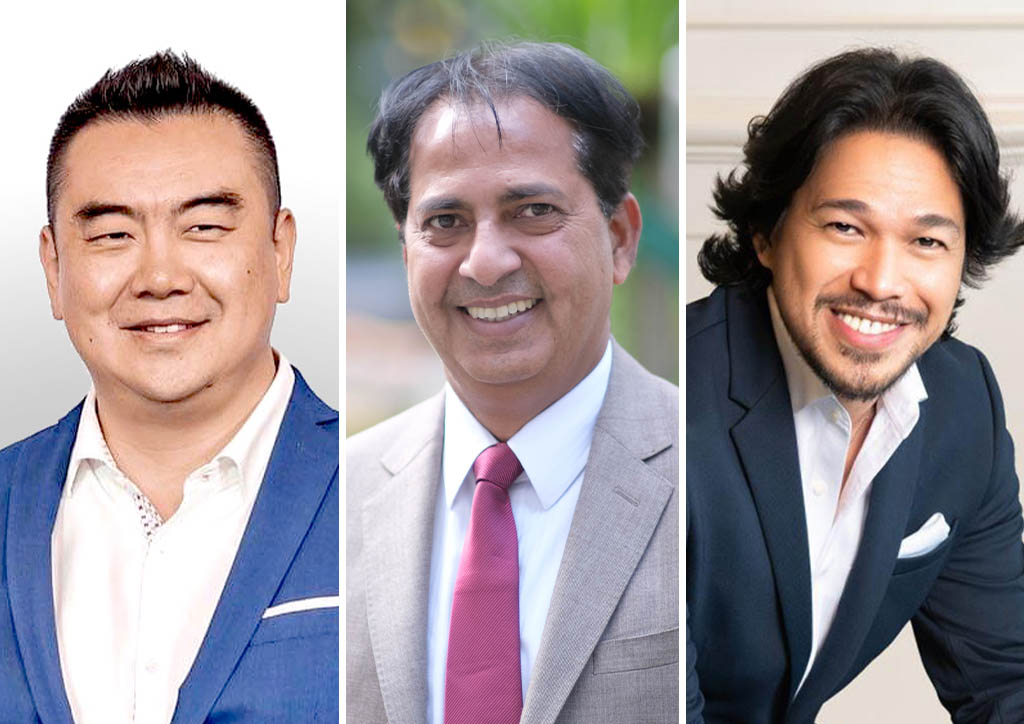
YOU MIGHT LIKE: Post-Pandemic Deconstruction
Opportunities for Positive Change
Claims that one can “pandemic-proof” infrastructure and public services may seem overly boastful. But the country’s vulnerabilities that COVID-19 laid bare and the commonsense solutions to preventing outbreaks should certainly inform infrastructure priorities and design.
For example, top priorities should be housing, clean drinking water, sanitation, electricity, food supply chains, the flexibility to observe social (more accurately, physical) distancing, ventilation, Internet availability and digital speed, and safe mobility.
We should also take the opportunity to push sustainability and decarbonization agenda. We all marveled and posted photos of how clear and blue Manila’s skies had become with decreased vehicular traffic during the lockdown. While the government is spending on infrastructure, let’s push authorities for bicycle lanes, wider sidewalks, greenery, and car-free zones.
What I’d like to hear from the speakers are their corporate and personal manifestos to move government projects beyond business-as-usual and how committed they are to their convictions. How far are they willing to go to persuade governments to build healthy and invest in positive social change?
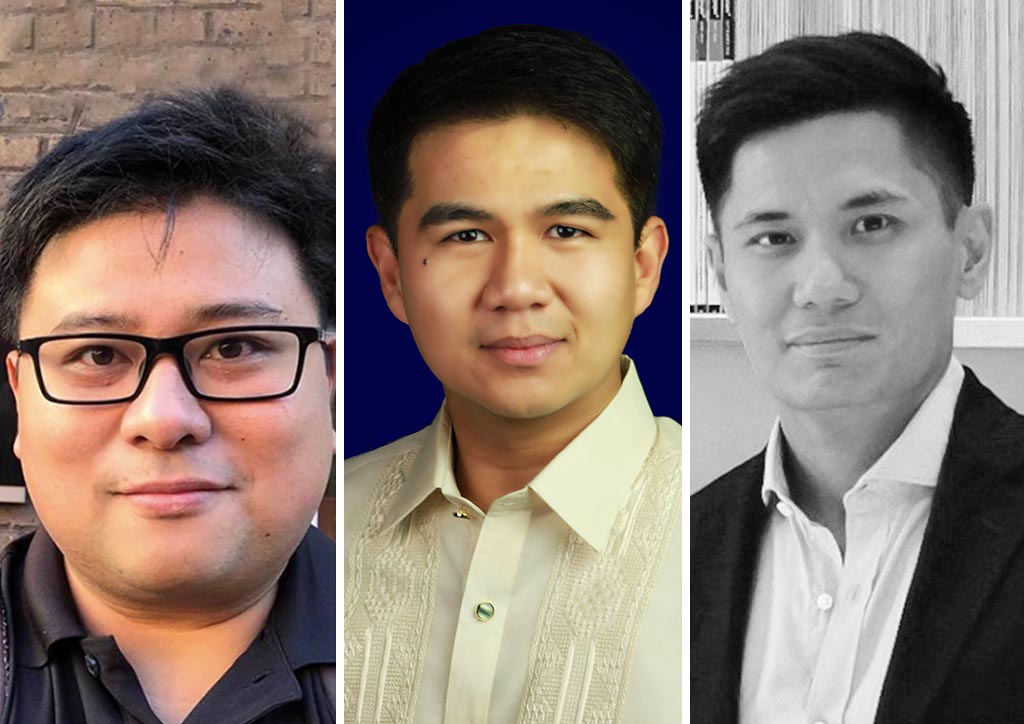
Tough Qs from three reactors
Royal Pineda has questions for his co-speakers. So does a stellar panel of reactors who will first respond to the presentations before querying the speakers.
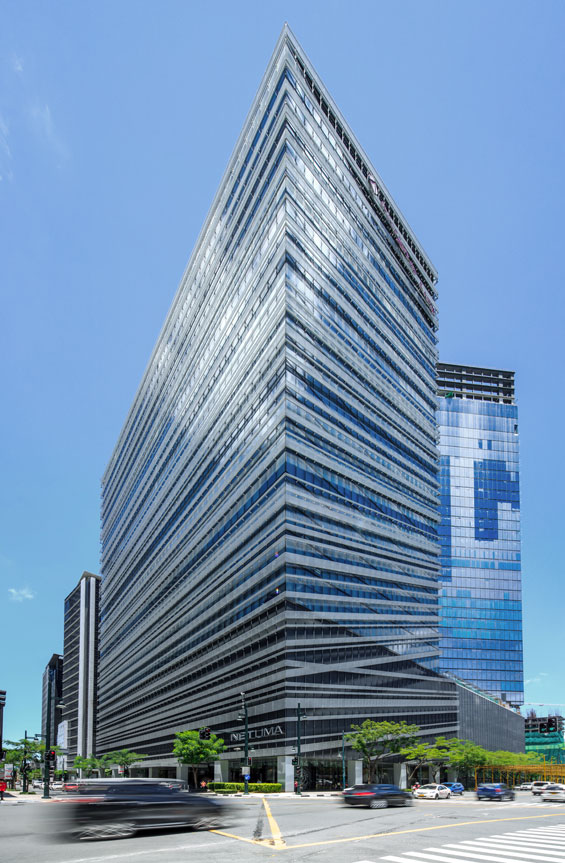

Leandro Poco
Architect and Urban Planner, L. Poco Architects Associates. He advocates suburban “yellow-field” redevelopment, affordable, multi-family housing, and community urbanism. He completed MSc Space Syntax: Architecture and Cities degree at University College London’s Bartlett Faculty of the Built Environment, earning the highest honors for his global cohort.
Marco Sardillo
He is a lawyer and independent consultant, working on public policy and local economic development. He is presently engaged as a Sustainable Cities Specialist for the UNDP Philippines’ #NextGenCities Initiative. He previously served as the Administrator of Intramuros (2013-2016), during which time, he laid the foundations for the ongoing redevelopment and revitalization of Intramuros, initiating such projects as the rebranding of Intramuros, the comprehensive rehabilitation of Fort Santiago, the completion of the Museo de Intramuros, and the establishment of Instituto Cervantes in Intramuros. It was also during his tenure that events such as Fête de la Musique and Anthology were first hosted. In 2015, under his leadership, Intramuros Administration received the Premio Patrimonio, the first award to be conferred by the Group of UNESCO Heritage Cities of Spain to an organization outside of Europe.
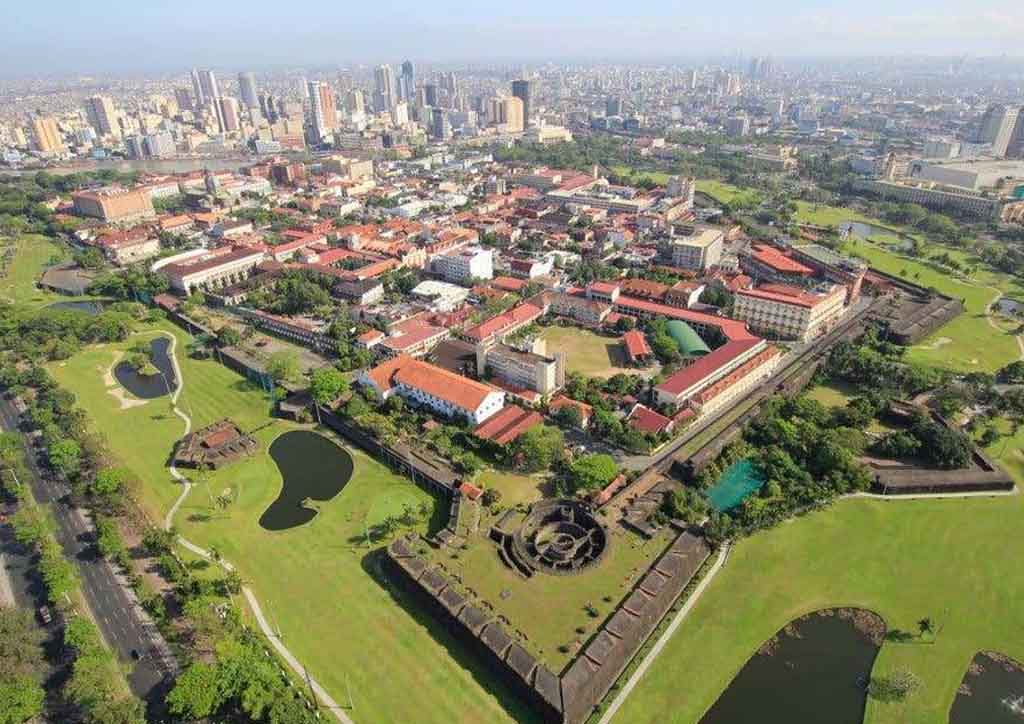
Benjamin Mendoza
Principal Architect, BAAD Design Studio. Winner, Best Future Civic Project, and Special Recognition for Future Project of the Year at the World Architecture Festival, 2018, Amsterdam. Juror, World Architecture Festival, Best Future Civic Project category, 2019, in Amsterdam. He represents a boutique design firm with experience primarily in residential and hospitality projects and some LGU projects.
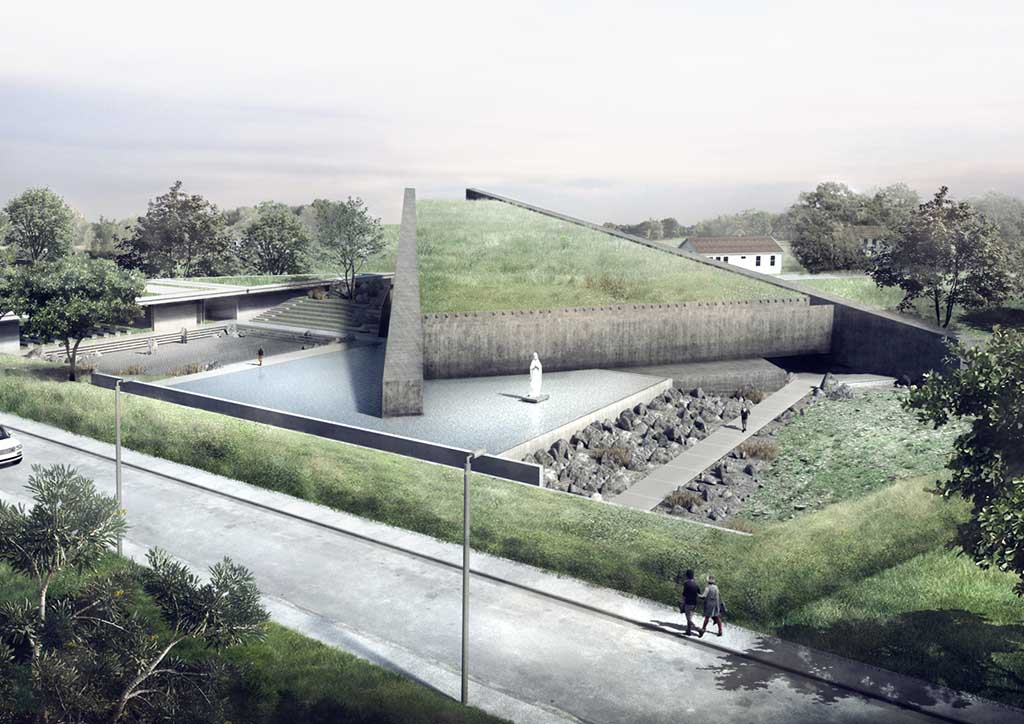
The reactors’ role is to foment discussion and inspire the audience to engage with the speakers. You may expect the following types of questions from the panel:
Poco: “The big questions that urban development must address are: Who benefits the most from the development? Who does it set aside? Does it genuinely serve the common good?” Most of the world’s most livable cities were not livable decades before but became inclusive and livable because they pro-actively adopted measures to address those questions over time. This gives us hope because we can do the same for Metro Manila and our other cities. But we need to answer those questions first.”

Sardillo: “I’m a believer in the immense convening power and facilitating role of the government. So I’m particularly interested in asking the speakers how we might expand the PPP into public housing and social programs–not just hard infrastructure.”
Mendoza: “What are the costs of doing business with the government that have to change?”
Join the Discussion
Excited? Watch the live session and throw your questions into the ring. ‘Co-Creating With Government: Opportunities for Positive Change’ streams live from 2:00 PM to 3:15 PM (UTC+8) on the GROHE Facebook page. The live session is free of charge. Register now.
Watch out for more information about the speakers, reactors, and ‘Build a Better Normal,’ the LIXIL Design DeepDive™ Live Sessions, here on our website.
Design DeepDive™ Live Sessions is a platform LIXIL has organized for designers across the region to discuss relevant issues. The first webinar series was hosted by India and ‘Build a Better Normal,’ by the Philippines.


